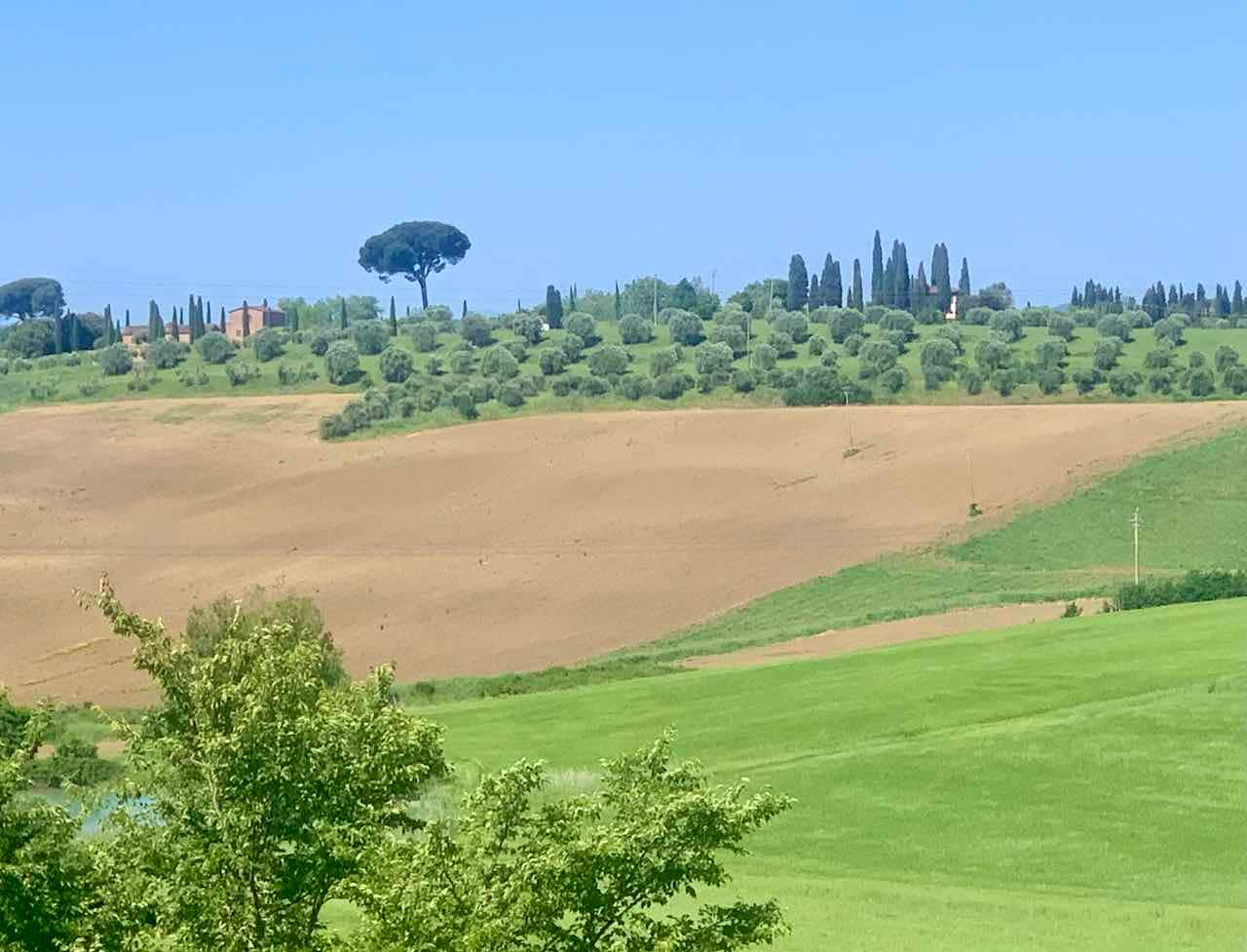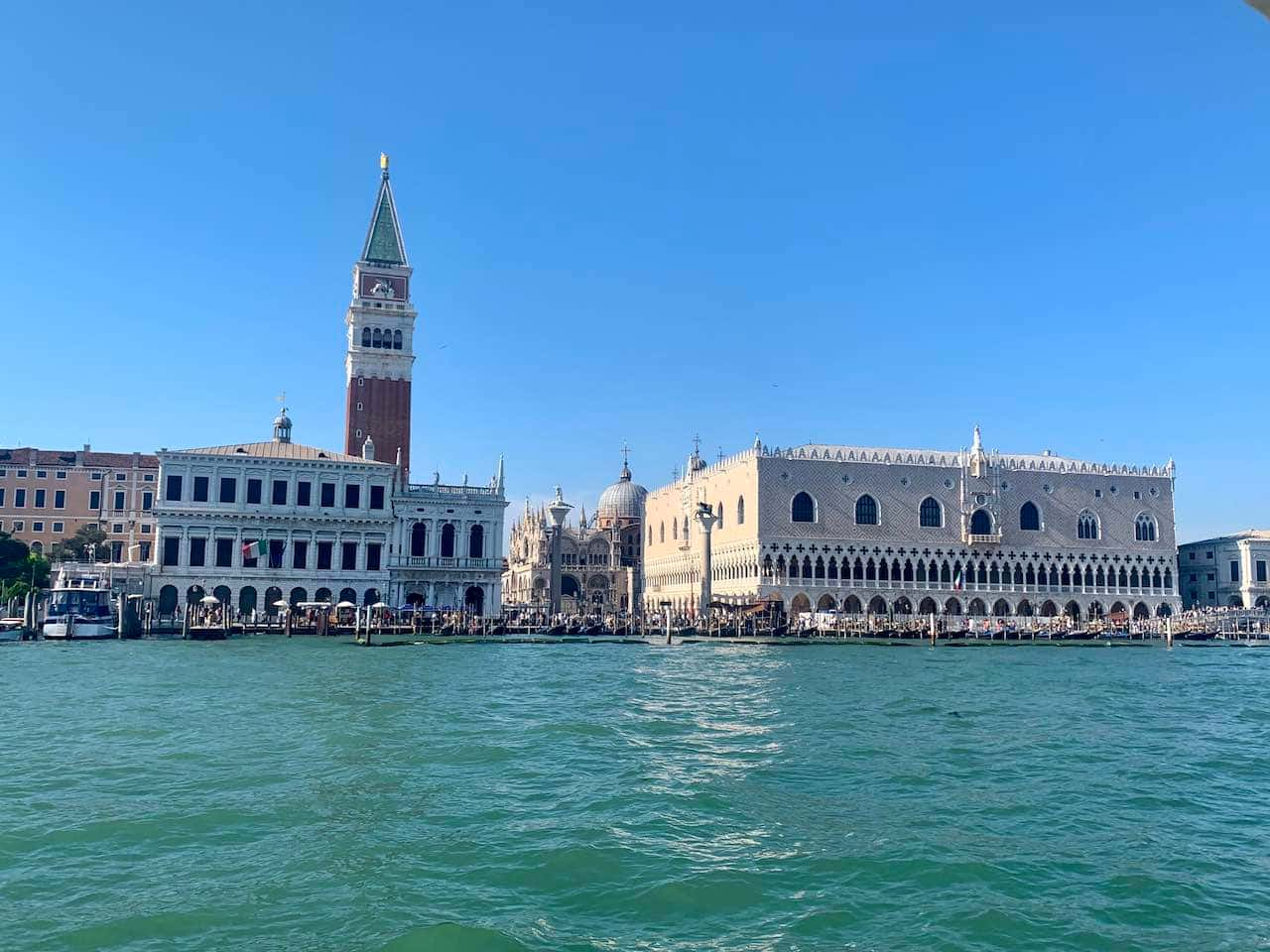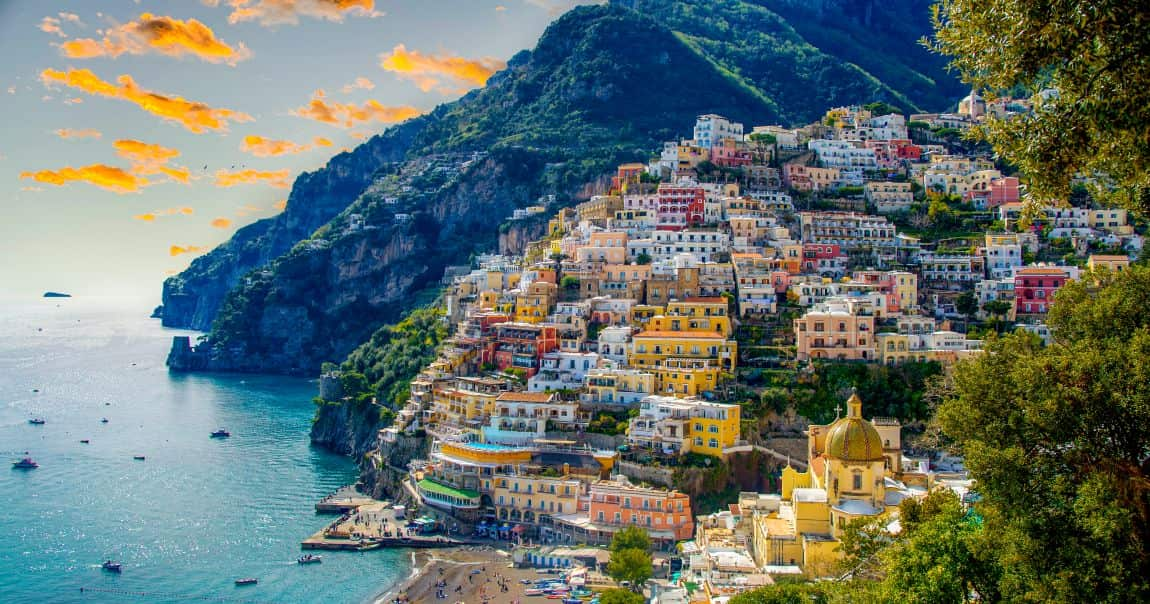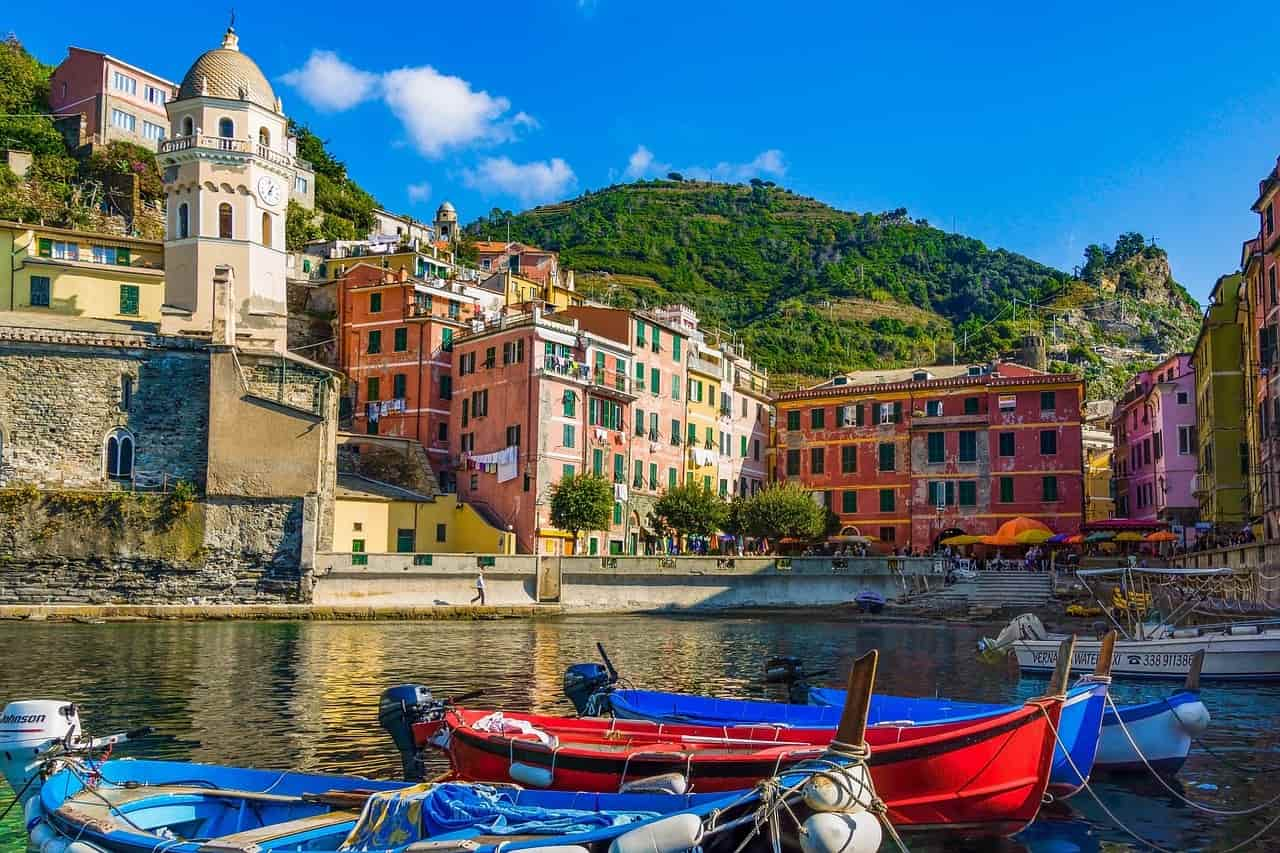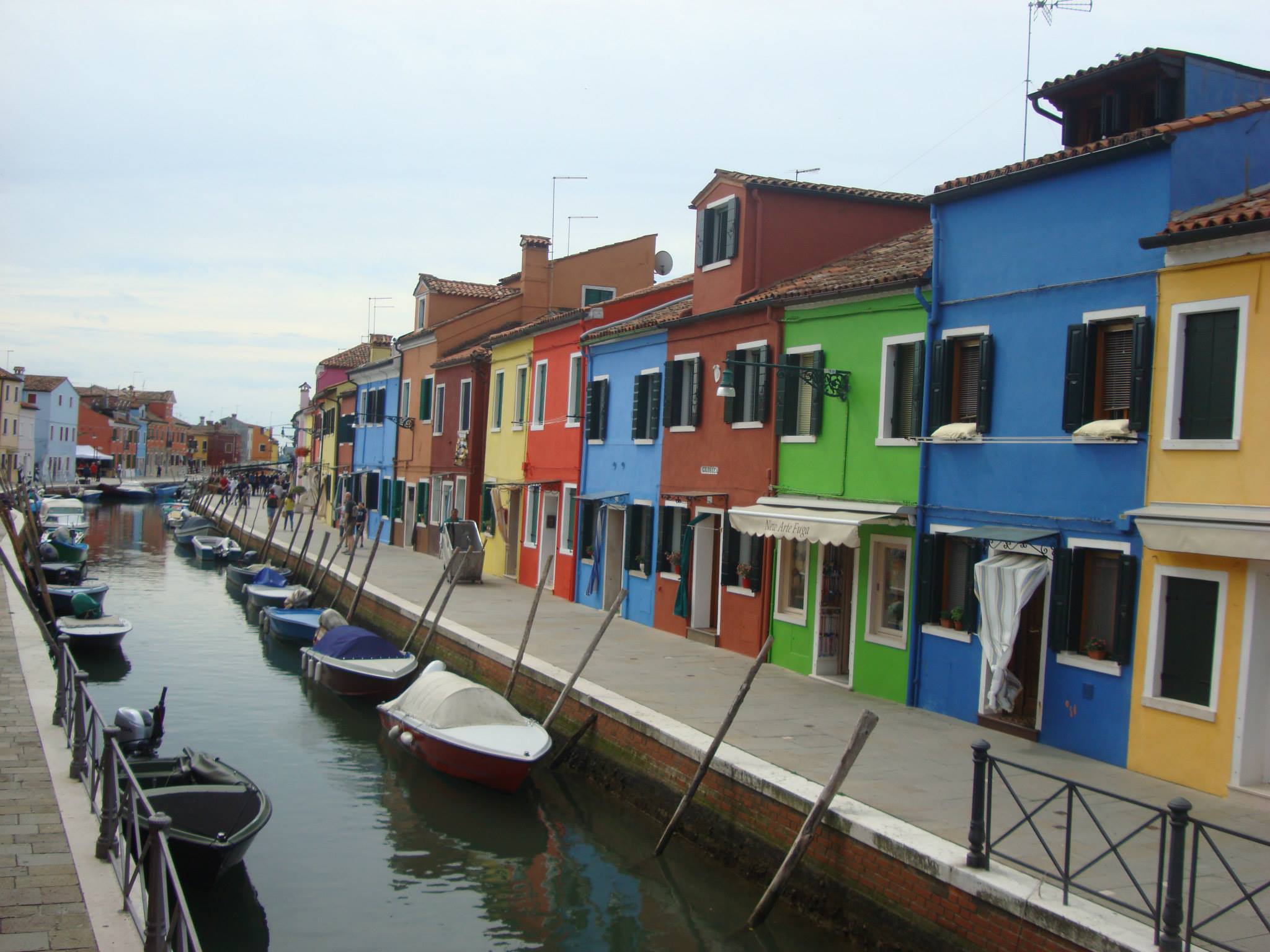Planning a Trip to Syracuse Italy? Don’t Go Without Reading This Guide!
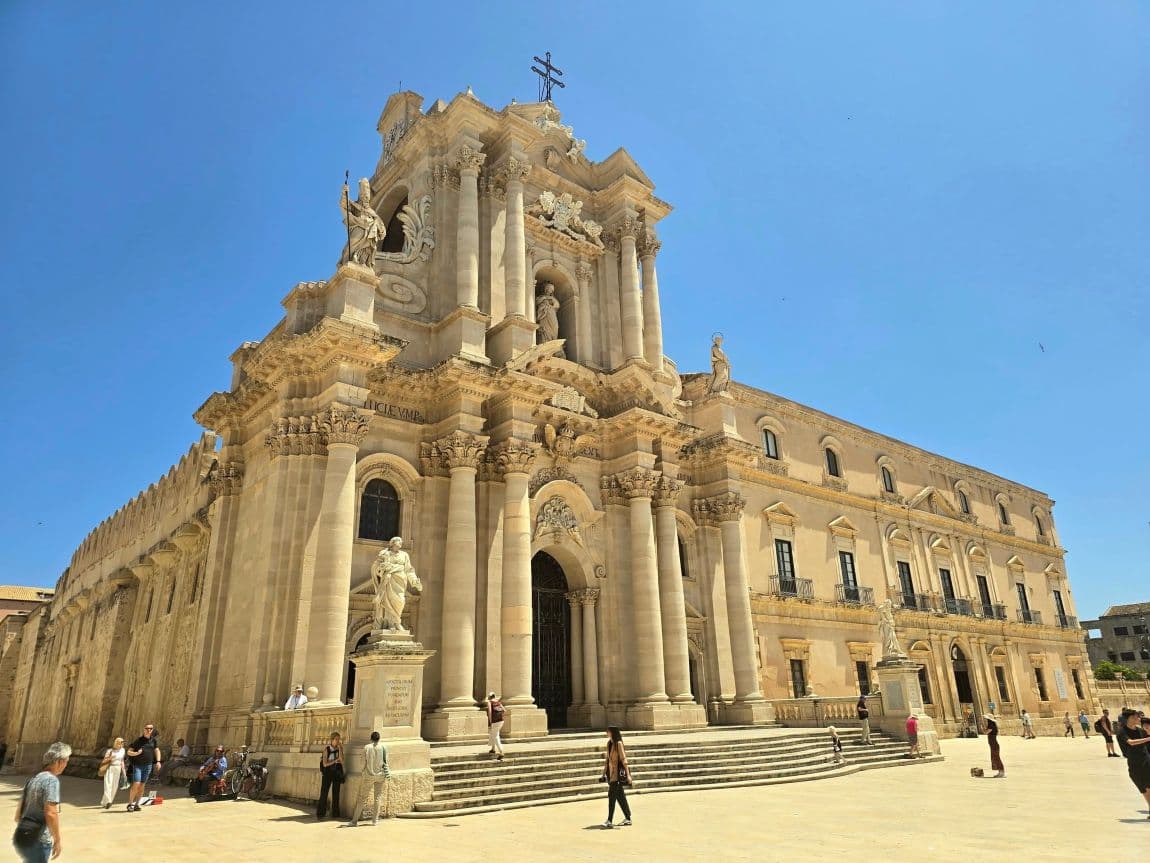
Syracuse Italy Revealed: Best Things to Do, Eat & Explore in 2025!
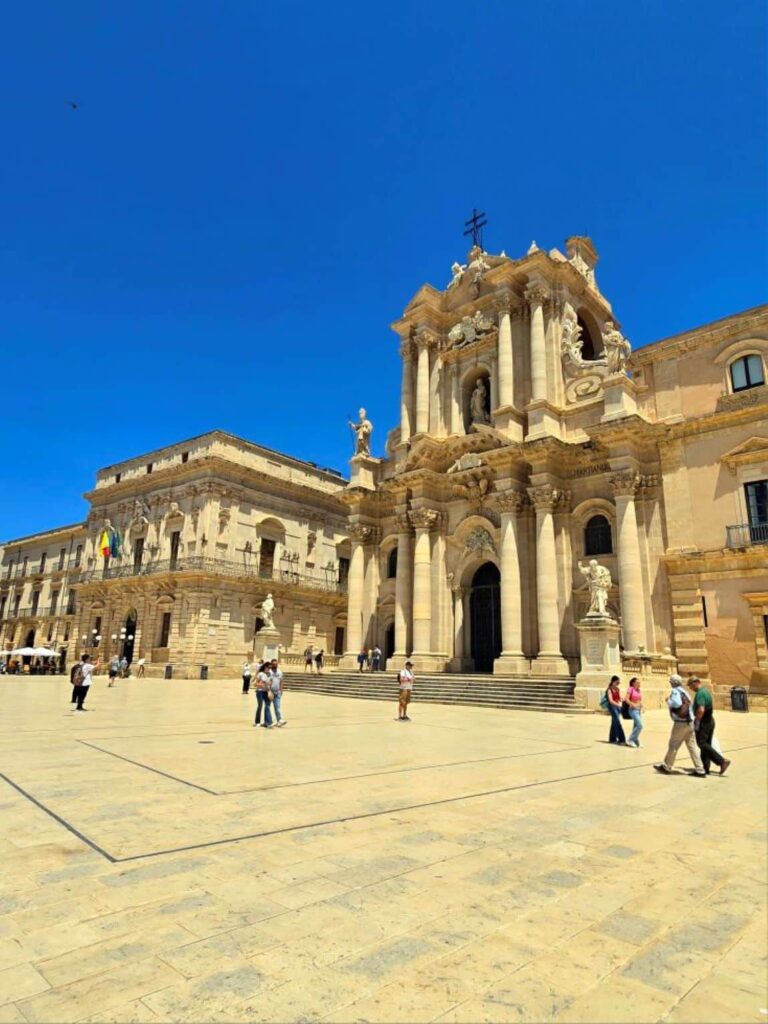
Syracuse (Siracusa in Italian), located on the southeastern coast of Sicily, is one of the most historically rich and visually striking destinations in Italy. During my epic road trip across Sicily, Syracuse became one of the most memorable stops—where classical antiquity meets sunlit Baroque charm, sea views, and vibrant street life.
Syracuse is a city in two parts: Ortigia, the historical heart located on a small island at the eastern tip, and modern Syracuse, the mainland area where the ancient Greek city of Neapolis once stood. Together, they form a UNESCO World Heritage Site, along with the nearby Rocky Necropolis of Pantalica.
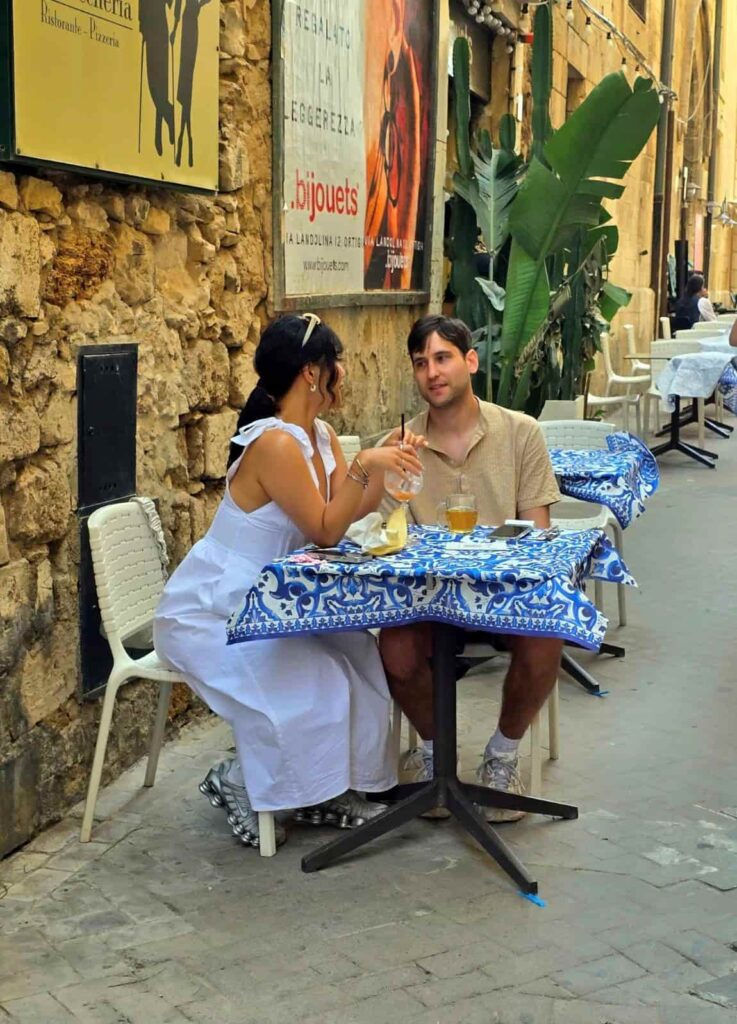
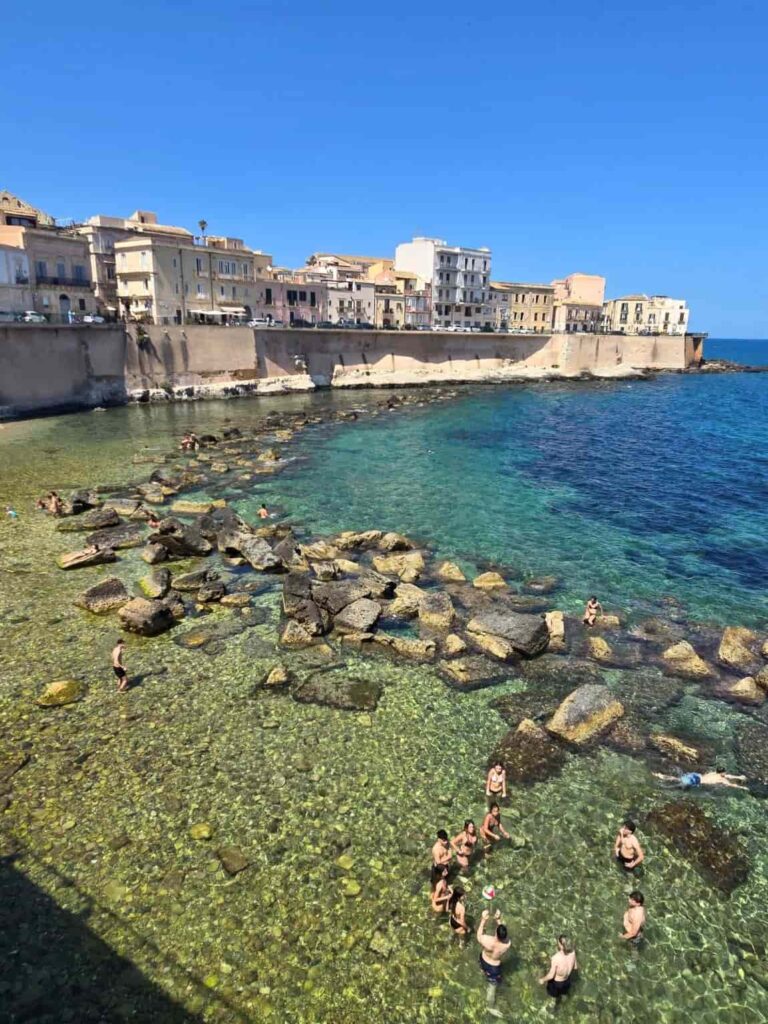
THIS POST MAY CONTAIN COMPENSATED LINKS. PLEASE READ MY DISCLAIMER FOR MORE INFO.
What Syracuse, Italy, Is Famous For
Syracuse is best known as one of the most powerful and culturally significant cities of the ancient Greek world. As the most important city of Magna Graecia, it was once larger than Athens and a hub of Greek philosophy, science, and art. It was the birthplace and home of Archimedes, one of the greatest mathematicians and inventors of all time. The city was also a key stop for Saint Paul during his journey to Rome, marking it as a historic waypoint for early Christianity. Today, Syracuse is a UNESCO World Heritage Site recognized for its archaeological treasures, Baroque architecture, and layered history that spans Greek, Roman, Byzantine, Arab, and Norman civilizations.
A Short History of Syracuse Italy
Syracuse (Siracusa) was founded in 734 BC by Greek settlers from Corinth and quickly rose to prominence in the ancient Mediterranean world. Its strategic coastal location and natural harbors made it a powerful maritime and military city. By the 5th century BC, under rulers like Dionysius I, Syracuse became the most influential city in Magna Graecia, famous for its wealth, monumental architecture, and intellectual life. It rivaled Athens and played a key role in the Peloponnesian War. Over the centuries, the city came under Roman, Byzantine, Arab, Norman, and Spanish control, each leaving its mark. Despite a devastating earthquake in 1693, much of the city was rebuilt in the elegant Baroque style we see today. Modern-day Syracuse is a living museum, where ancient temples stand beside Baroque cathedrals and bustling Sicilian markets.
Syracuse on Screen
Syracuse has served as a filming location for numerous films and TV series. The 2000 film Malèna, starring Monica Bellucci, featured scenes filmed in Ortigia. The Netflix musical drama Cyrano and several episodes of the beloved Italian series Inspector Montalbano were also shot here. The 2023 Indiana Jones and the Dial of Destiny was filmed in the Neapolis Archeological Park and the Maniace Castle in Syracuse Italy. The city’s cinematic light, coastal views, and atmospheric streets make it a natural backdrop for storytelling.
Things To Do in Syracuse, Italy
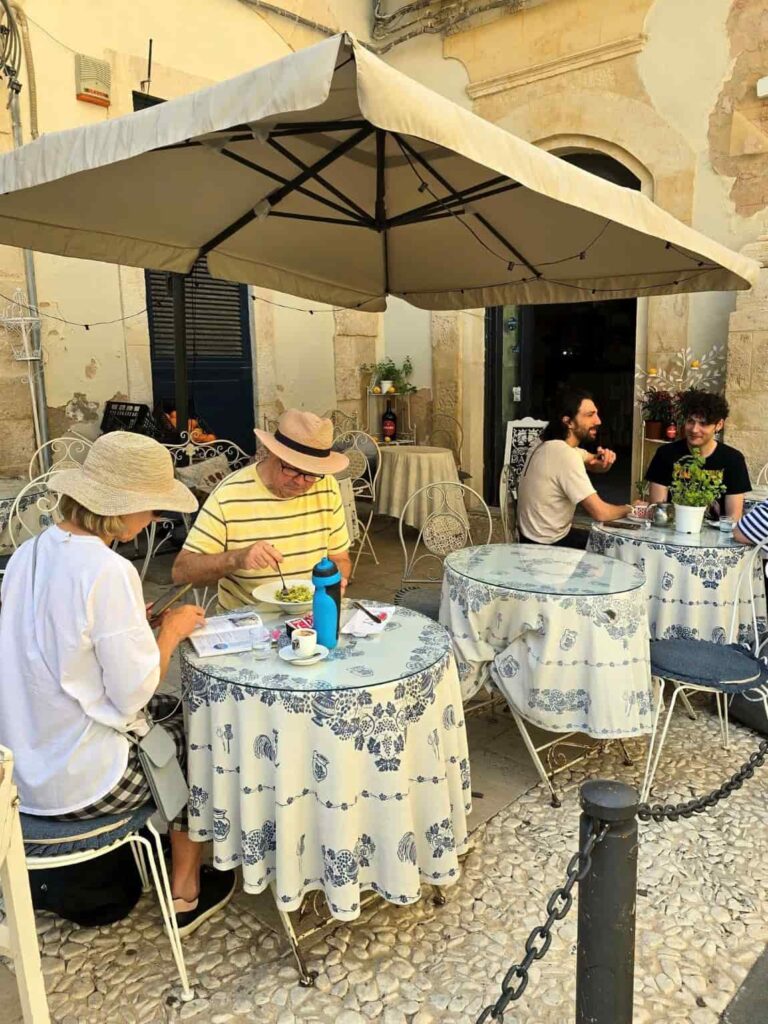
Syracuse is one of Sicily’s most captivating cities, where ancient Greek ruins, Baroque piazzas, and turquoise seas come together in perfect harmony. From wandering the historic island of Ortigia to exploring one of the most important archaeological parks in Italy, there’s no shortage of unforgettable experiences. Whether you’re a history buff, a foodie, or simply chasing beauty, here’s how to make the most of your visit to Syracuse Italy.
1. Explore Ortigia
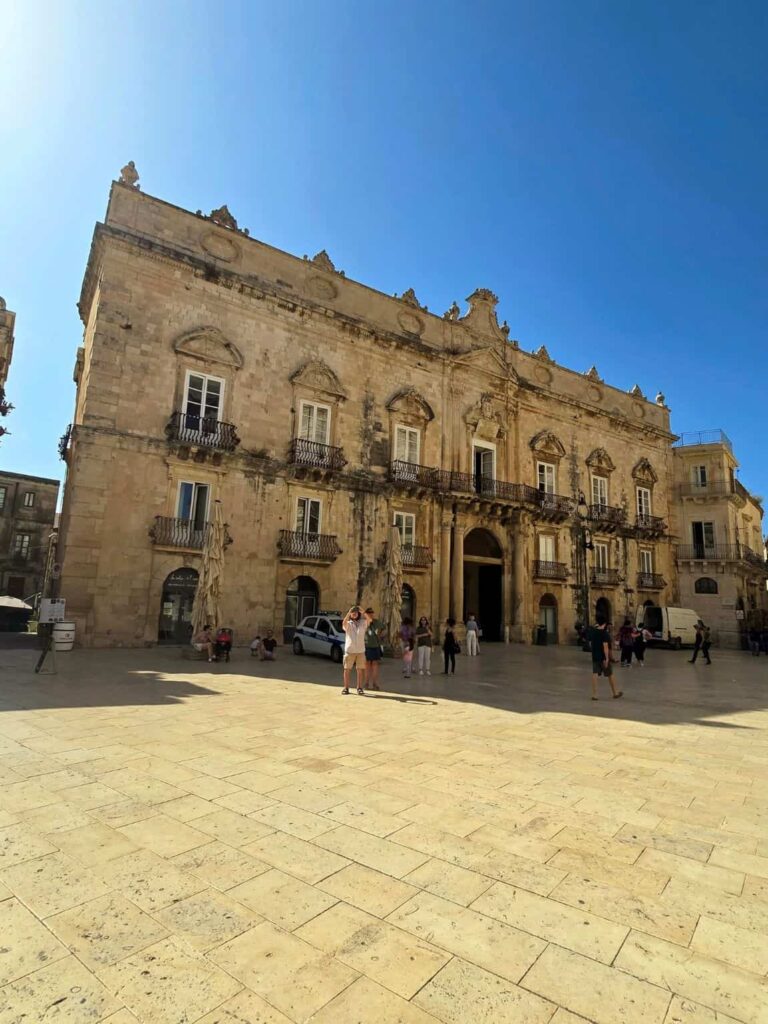
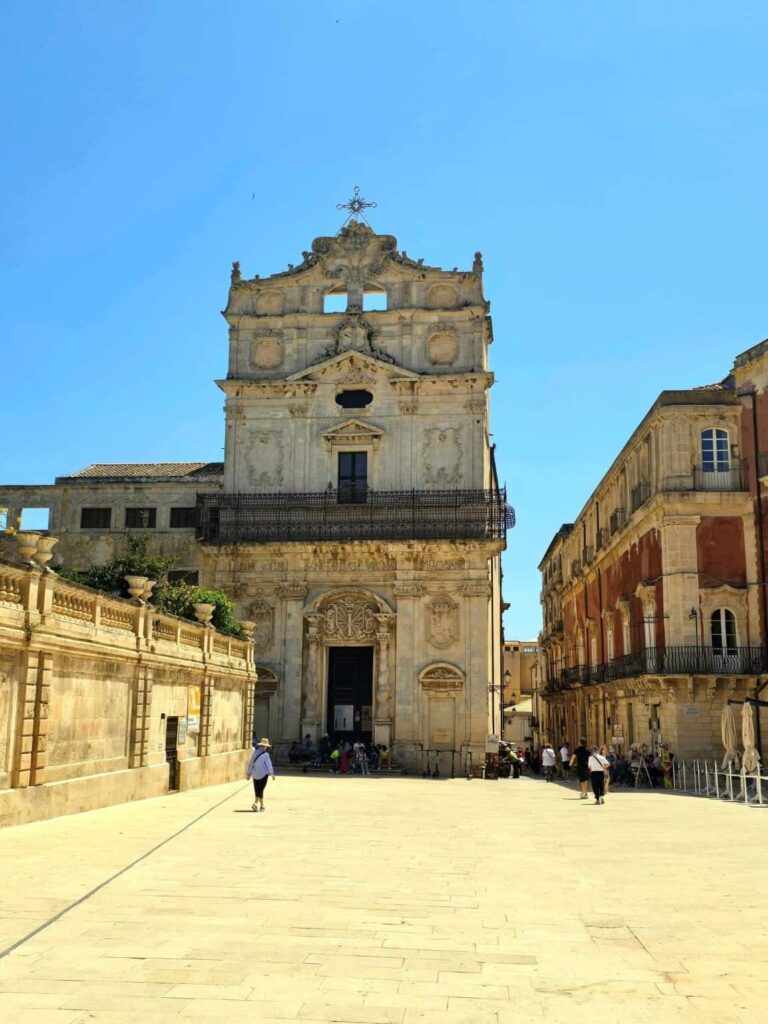
Ortigia is the historical heart of Syracuse, located on a small island connected to the mainland by bridges. Begin your walk at the Temple of Apollo, the oldest Doric temple in Sicily, which dates back to the 6th century BC and marks the beginning of Ortigia’s rich history. The nearby Ortigia Market is a must-see for local color, with produce, seafood, cheeses, and street food vendors creating a vibrant atmosphere. Stroll through Piazza Archimede, featuring the ornate Fountain of Diana, and continue to Piazza Minerva, where the ancient meets the Baroque. The centerpiece of Ortigia is Piazza del Duomo, home to the Cathedral of Syracuse (Duomo di Siracusa), built over a former Greek temple; its Baroque façade hides Doric columns from 2,500 years ago. Head to the nearby Church of Santa Lucia alla Badia, decorated in the Rococo style, and the Arethusa Spring, a freshwater spring right by the sea, which offers a serene stop to your walk.
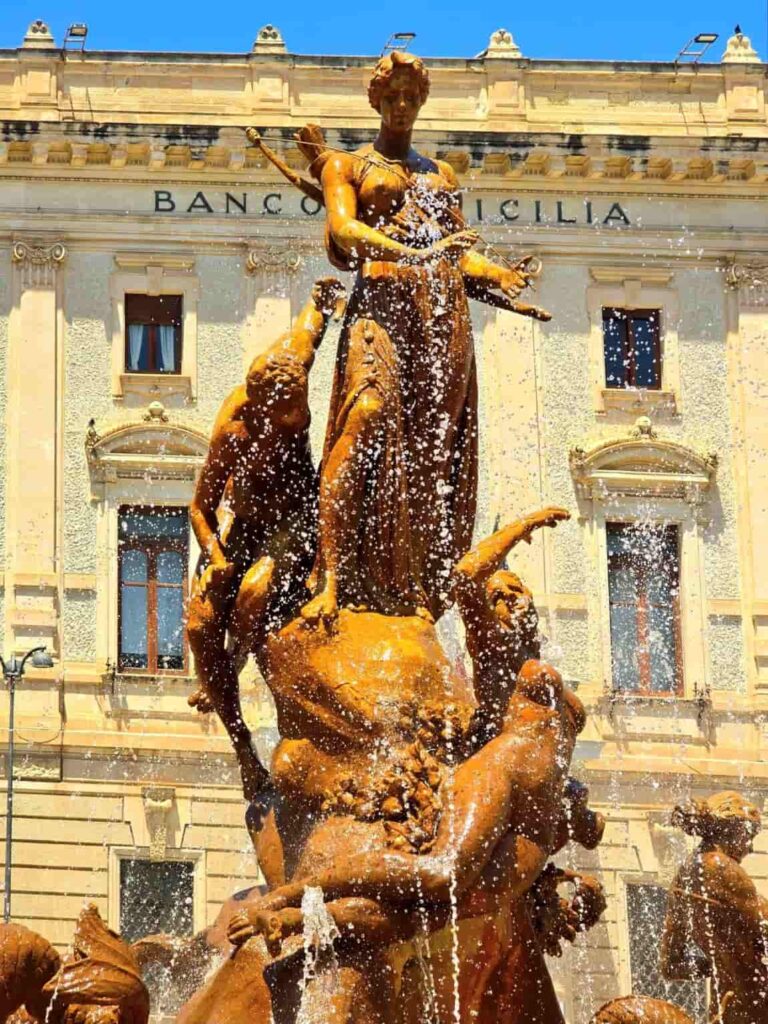
2. Visit the Jewish Quarter (La Giudecca) and the Bagno Ebraico
The Jewish Quarter, or La Giudecca, in Ortigia is a quiet, atmospheric neighborhood filled with narrow lanes and hints of medieval architecture. This area was once home to a thriving Jewish community until the 15th-century expulsion. One of the most fascinating sites here is the Bagno Ebraico, a Jewish ritual bath (mikveh) believed to be the oldest in Europe, dating back over 1,000 years. Located 18 meters below street level, it is carved entirely from stone and accessed via a spiral staircase. A 30-minute guided tour takes you through the mikveh and provides historical insight into the lives of Jewish residents in medieval Sicily. The Bagno Ebraico in Syracuse Italy is open from 10 am to 1 pm and from 3 pm to 6.30 pm from Monday to Sunday. The ticket is €7.
3. Walk the Lungomare di Levante and See the Coastal Forts
The Lungomare di Levante is a beautiful seaside promenade that runs along the eastern edge of Ortigia. It offers sweeping views of the Ionian Sea and is the perfect place for a peaceful early morning or late afternoon walk. Along the way, you’ll encounter the ruins of Forte San Giovanello and Forte Vigliena, remnants of Ortigia’s military past. These 16th–17th century coastal fortifications were designed to defend the city from maritime attacks and now serve as atmospheric landmarks with panoramic views. It’s a favorite walk for locals and visitors alike, offering a blend of history and natural beauty.
4. Roam the Ortigia Market and Eat at Local Spots
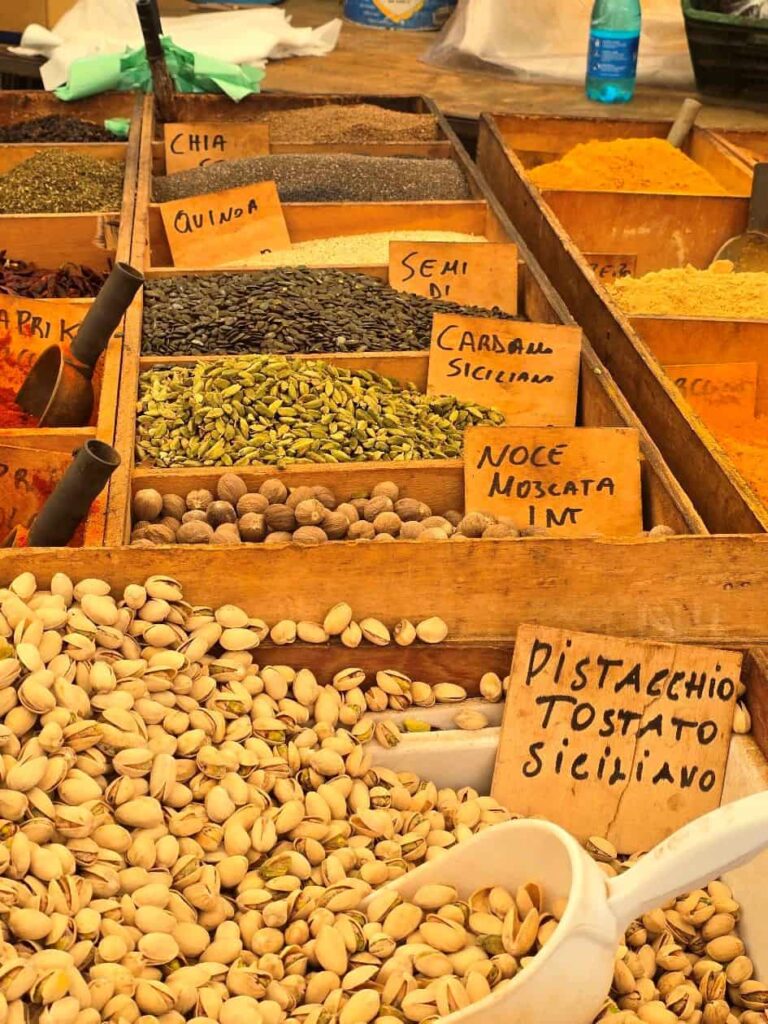
The Ortigia Market is one of the liveliest spots in Syracuse and a great place to immerse yourself in daily Sicilian life. Open from 7:00 am to 2:00 pm (closed on Sundays), the market bursts with fresh seafood, colorful vegetables, spices, and local cheeses. I had a delicious seafood lunch at Trattoria da Michelone, right next to the market, where everything was cooked fresh and served with local wine. Just a few steps away is Caseificio Borderi, a legendary sandwich shop where the giant sandwiches filled with cheese, cured meats, and vegetables are created while entertaining the queue. It’s the kind of place you’ll remember for both the food and the experience.
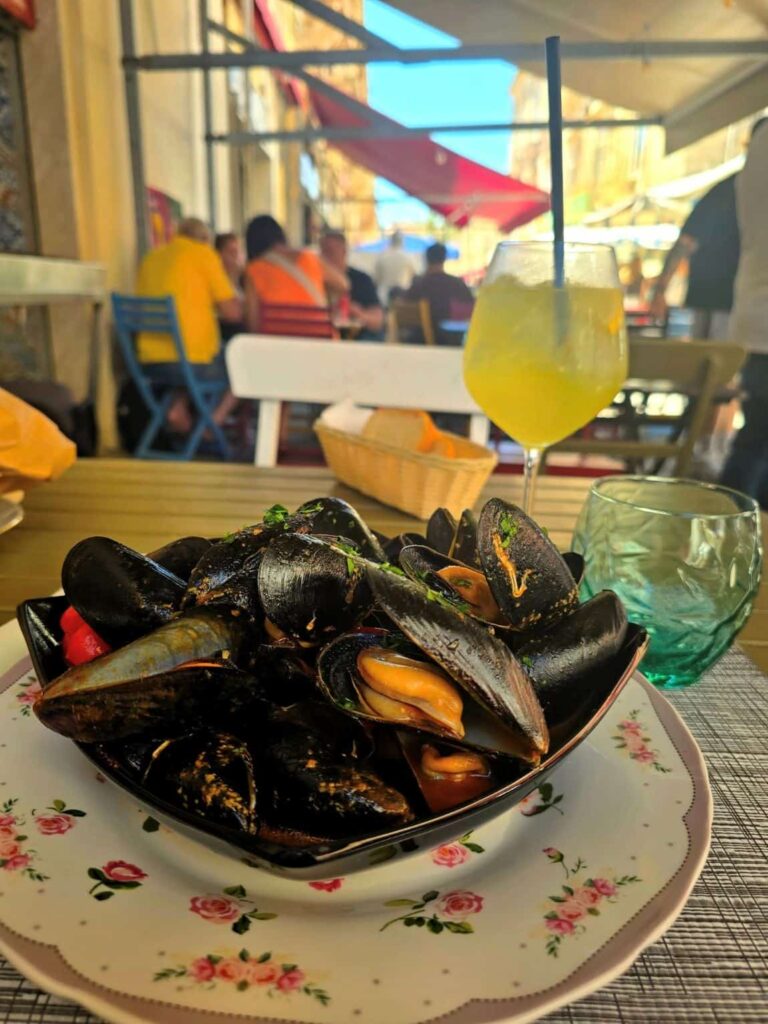
5. Stroll the Lungomare Alfeo and Visit Castello Maniace
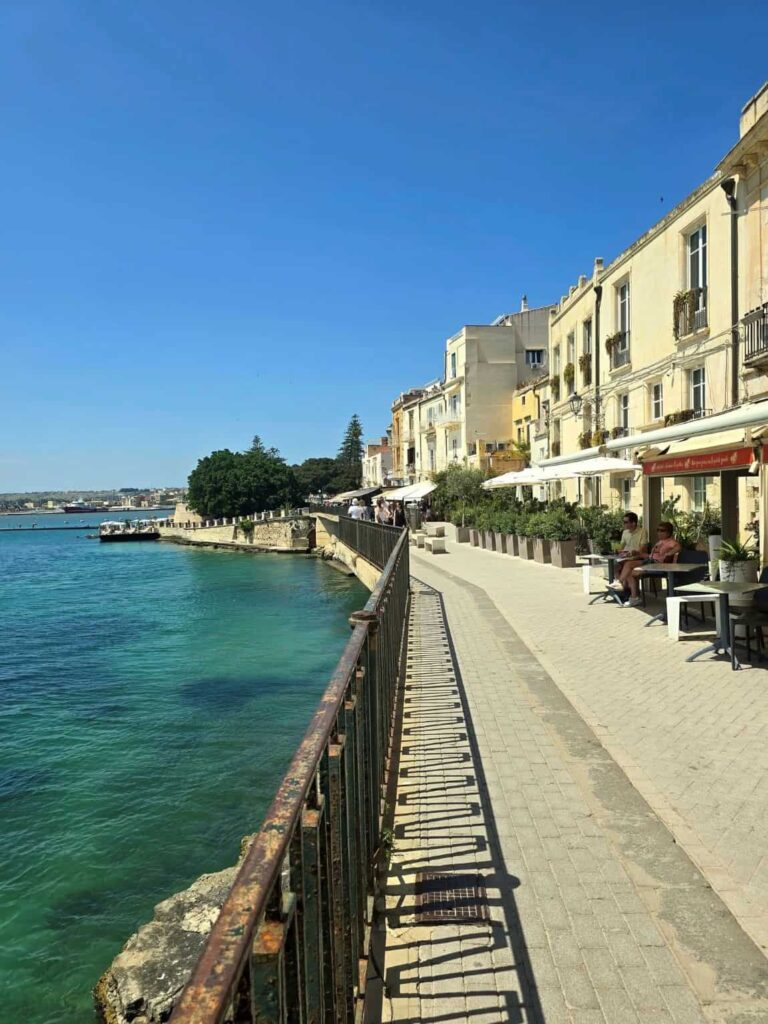
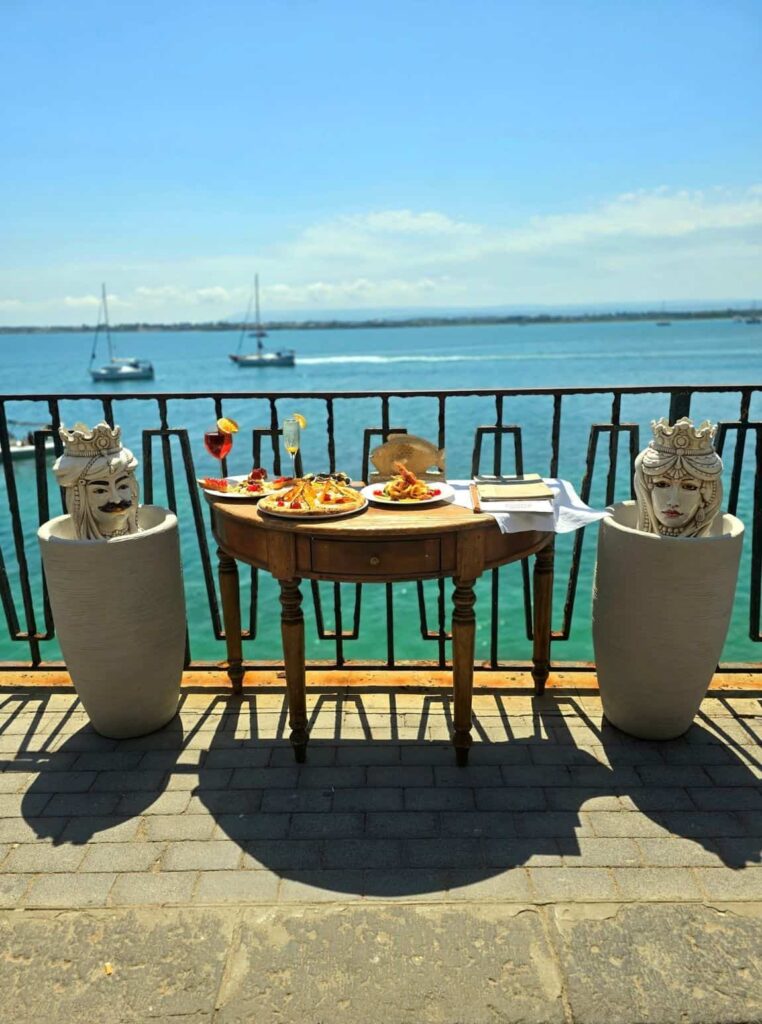
On the western side of Ortigia, the Lungomare Alfeo offers another scenic waterfront path, especially popular during the evening passeggiata. The promenade runs along the sea and leads to the impressive Castello Maniace, a 13th-century castle built by Emperor Frederick II. The fortress stands on the tip of the island and offers panoramic views of the bay, with stone halls and towers to explore. Inside, exhibits detail of its use over the centuries—from royal residence to military stronghold. The castle’s setting, surrounded by crashing waves, makes it one of the most dramatic sights in Ortigia.
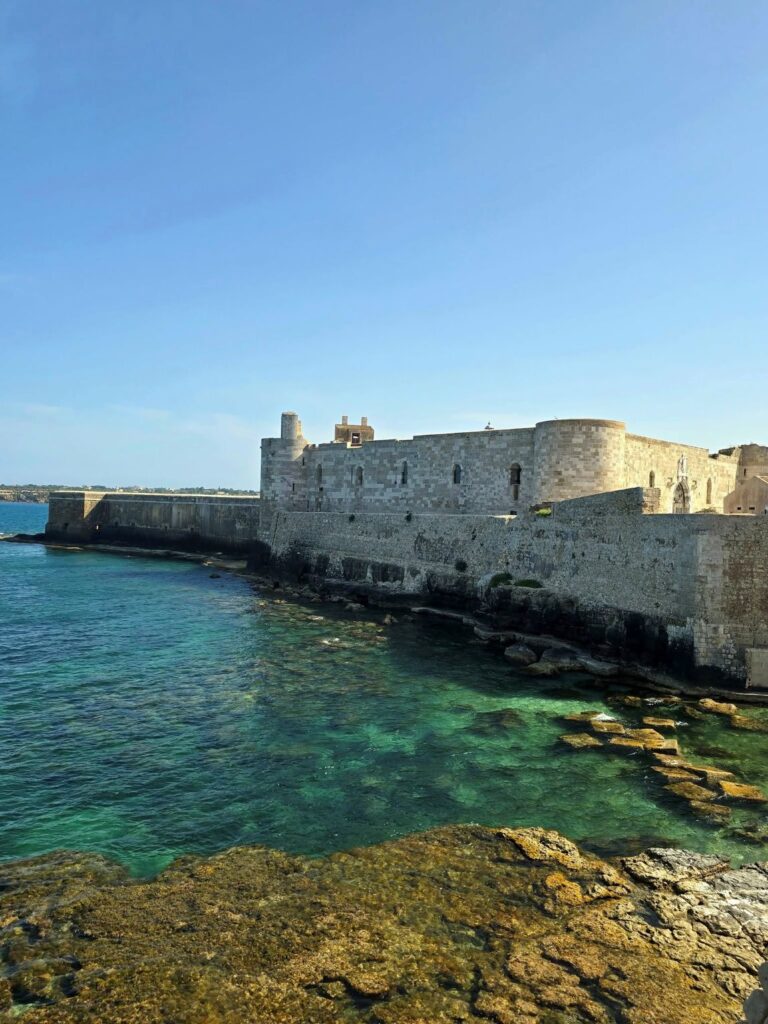
6. Visit the Neapolis Archaeological Park
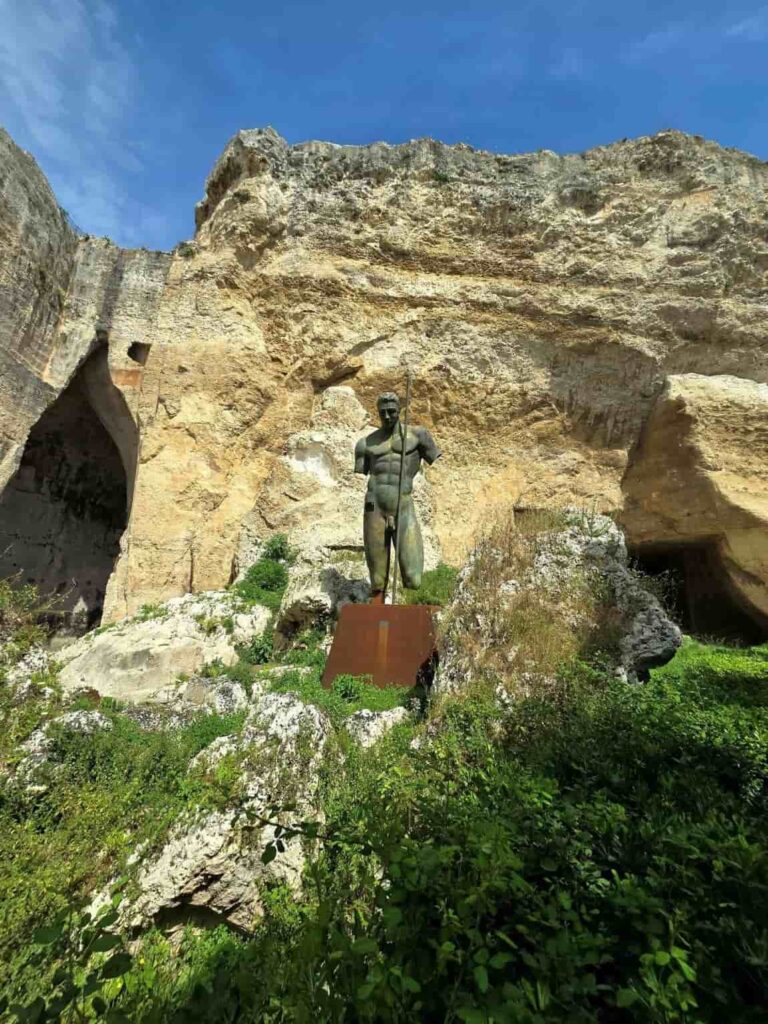
Located in mainland Syracuse, the Parco Archeologico della Neapolis is one of the most important ancient sites in Sicily. The Greek Theatre, carved into the hillside, was once one of the largest in the ancient world and still hosts performances today. Nearby is the Roman Amphitheatre, used for gladiator battles, and the Altar of Hiero II, a massive sacrificial altar. Don’t miss the Latomie del Paradiso, former stone quarries turned lush gardens, and the famous Ear of Dionysius, a cave with extraordinary acoustics and a mysterious past. Guided tours are highly recommended, and parking is conveniently located near the entrance if you’re visiting by car.
Check out:
Syracuse: Neapolis Archaeological Park Small Group Tour
Syracuse: Neapolis and Greek Theater guided tour
Syracuse: Ortigia and Neapolis Guided Walking Tour
7. Explore the Paolo Orsi Archaeology Museum
A short distance from the archaeological park is the Museo Archeologico Regionale Paolo Orsi, which houses one of Italy’s most comprehensive collections of ancient artifacts. The museum is arranged chronologically, making it easy to follow Sicily’s long and complex history. Highlights include Greek pottery, prehistoric tools, Roman sculptures, and early Christian art. It’s a well-curated, quiet space ideal for those who want a deeper understanding of the area’s archaeological richness. Allow at least an hour or two to explore its galleries. The museum is open from 9 am to 6 pm from Tuesday to Saturday, and from 9 am to 1 pm on Sunday. It is closed on Monday. The entrance fee is €10.
8. See Caravaggio’s “The Burial of Saint Lucy”
At the Basilica Sanctuary of Saint Lucia at the Sepulchre (Santuario di Santa Lucia al Sepolcro in Italian), located in Piazza Santa Lucia, visitors can see one of Caravaggio’s last works, The Burial of Saint Lucy. Painted during the artist’s exile in Sicily, the work is raw and emotional, housed in the church dedicated to the city’s patron saint. The interior of the church is simple, which only heightens the drama of Caravaggio’s masterpiece. It’s a must-see for art and history lovers alike.
9. Visit the Catacombs of San Giovanni
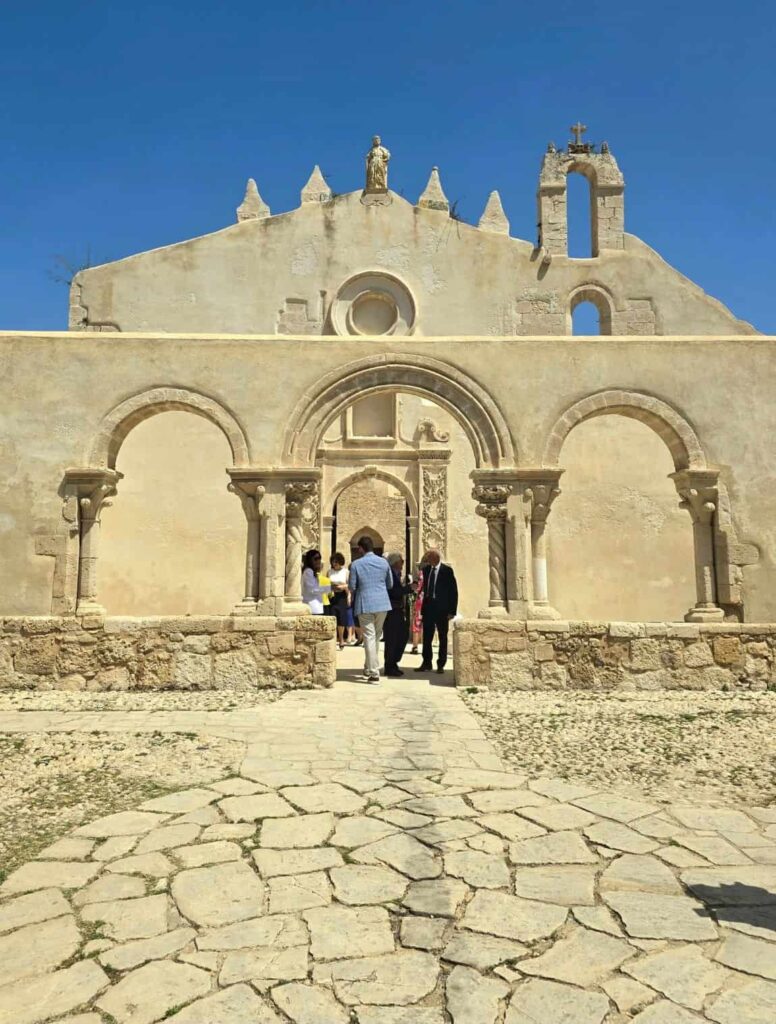
The Catacombs of San Giovanni are among the largest early Christian burial complexes in Europe. Located beneath a ruined Norman church of San Giovanni alle Catacombe, they include a labyrinth of chambers, frescoed tombs, and columns. The catacombs are accessible via guided tour and offer a haunting but fascinating view into Syracuse’s early Christian period. Highlights include the crypt of St. Marcian, believed to be one of the first Christian bishops of Syracuse. The experience is both educational and atmospheric.
10. Enjoy the Beaches of Syracuse
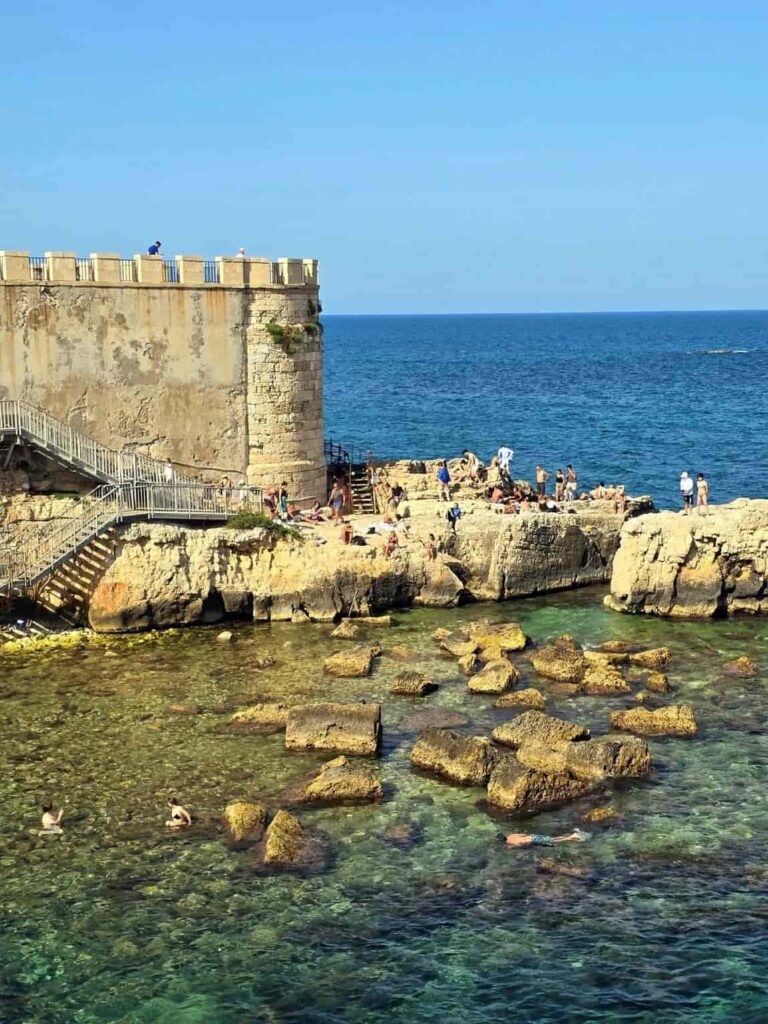
While Ortigia itself is rocky, there are still great spots for a swim, like Cala Rossa and Forte Vigliena, where locals dive off stone ledges into the clear sea. For sand and shallow waters, head to Fontane Bianche, Arenella, or Marchesa del Cassibile, all just a short drive from the city. These beaches offer sunbeds, restaurants, and plenty of space to relax. For snorkeling, Ognina is a top choice with its rocky coastline and marine life. Visiting the beaches is ideal from late May through October.
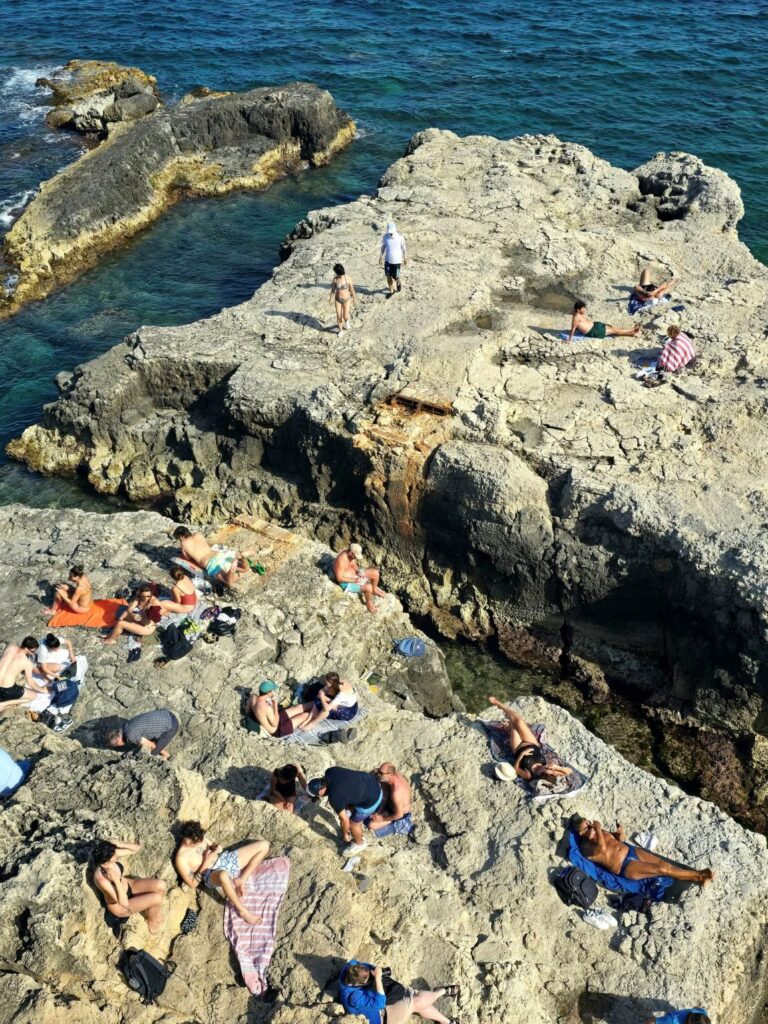
11. Take a Boat Tour of the Sea Caves
From the Ortigia marina, hop on a Sea Caves and Island Boat Tour. These tours usually last 1–2 hours and take you around Ortigia’s coastline, into hidden sea caves, and along Syracuse’s marine reserves. The guides share legends, history, and fun facts along the way. You’ll see the city from a new angle and have opportunities to swim in crystal-clear waters. It’s one of the most enjoyable and scenic activities in Syracuse.
12. Visit the Syracuse Puppet Museum and See a Puppet Show
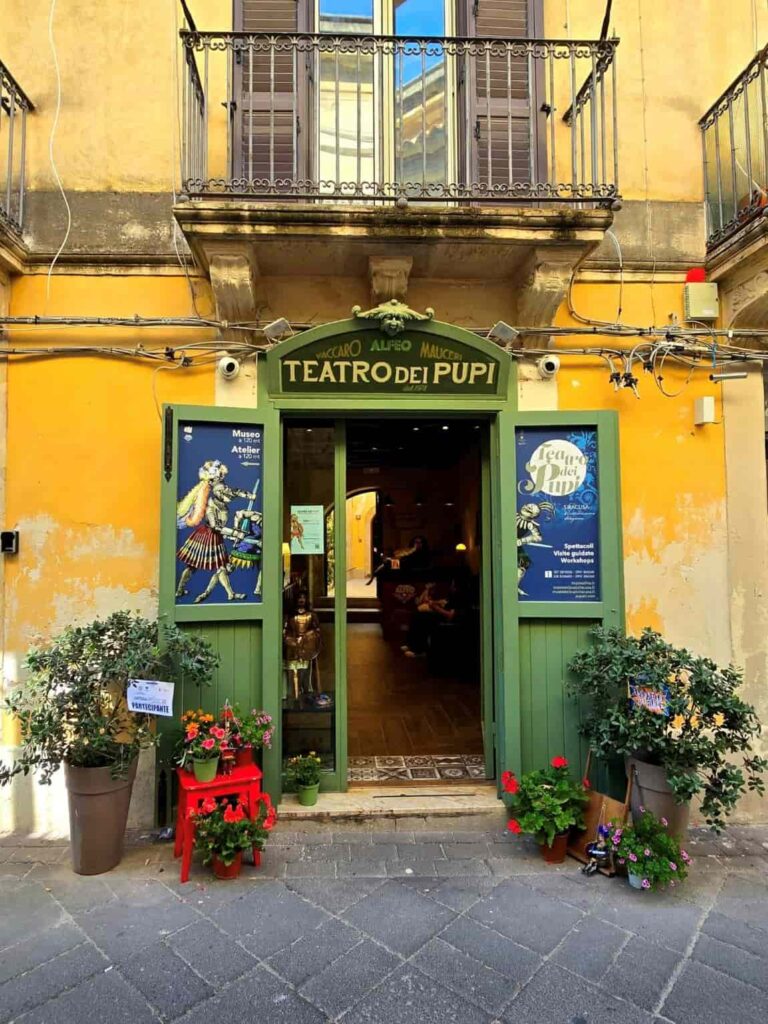
The Syracuse Museum of Puppets (Museo dei Pupi) offers a fascinating glimpse into Sicily’s unique Opera dei Pupi tradition, which dates back to the 19th century. The intricately handcrafted puppets, typically depicting knights and Saracen warriors, are still used in performances today. A visit to the museum includes not just the historical display but also a live puppet show, bringing the legends of Charlemagne and Orlando to life. Behind-the-scenes tours reveal how these elaborate figures are made and operated. It’s an engaging stop for families, history lovers, and anyone interested in folk traditions. The Museo dei Pupi is open from 11 am to 1 pm and from 4 pm to 8 pm from Monday to Saturday. It is closed on Sundays.
13. Take a Sicilian Cooking Class
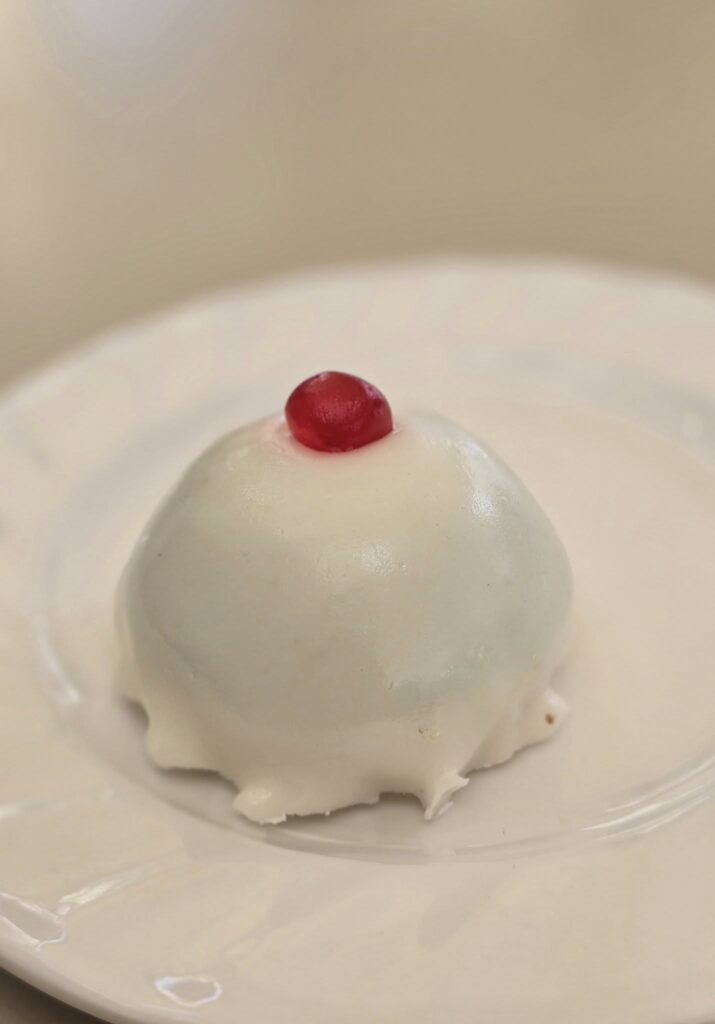
If you’re passionate about food, a Sicilian cooking class in Syracuse is a memorable hands-on experience. You can take a Cooking Class with a Greek Theatre View, where you’ll learn to prepare a three-course meal and traditional dessert using local ingredients. Alternatively, try the Sicilian Street Food Class, where you’ll master the art of crafting arancini, cannoli, and more. The classes often begin with a visit to the Ortigia Market to source ingredients, adding an authentic start to your culinary adventure. These classes are perfect for foodies and a great way to bring a taste of Sicily home with you.
14. Bike the Pista Ciclabile Rossana Maiorca
For an active way to enjoy the coast, rent a bike and ride the Rossana Maiorca cycle path ( Pista Ciclabile Rossana Maiorca in Italian), a 6-kilometer cycling path that follows the sea just outside Syracuse. The path is scenic and safe, ideal for both beginners and more experienced cyclists. It passes old tuna factories, watchtowers, and dramatic sea cliffs, offering plenty of photo stops. Siracusa E-Bike Rental provides bikes and gear, and many routes begin right from Ortigia. It’s a refreshing way to take in the sea air and explore less-touristy parts of the coastline.
15. Visit Mount Etna from Syracuse Italy
From Syracuse, you can take a day tour to Mount Etna, Europe’s most active volcano. The Etna Tour: Trek, Wine and Food option includes hiking on lava trails, visiting volcanic craters, and tasting local wines and products grown in Etna’s fertile soil. It’s an unforgettable excursion that blends nature, geology, and Sicilian hospitality.
16. Explore the Baroque Towns: Noto, Ragusa, and Modica from Syracuse
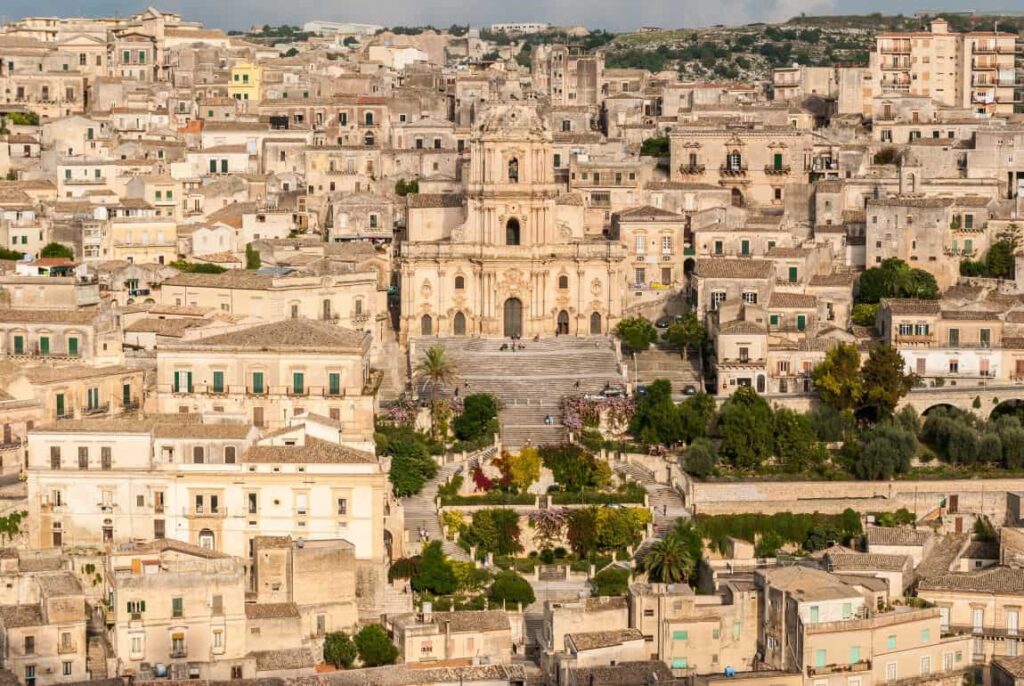
Syracuse is an ideal base to visit the UNESCO-listed towns of Val di Noto, famous for their elaborate Sicilian Baroque architecture. Take a guided day tour to Ragusa, Noto, and Modica that includes local food tastings, especially Modica’s chocolate. These towns are beautiful, walkable, and steeped in culture and history.
RELATED READ:
A Complete Guide to Modica Sicily: A UNESCO Baroque Masterpiece and the Sweetest Town in Italy
A Complete Guide to Ragusa Sicily: Bucket-List Things to Do in This UNESCO Baroque Trail Masterpiece
A Complete Guide to Noto Italy: The Capital of Sicilian Baroque
17. Visit Scicli from Syracuse
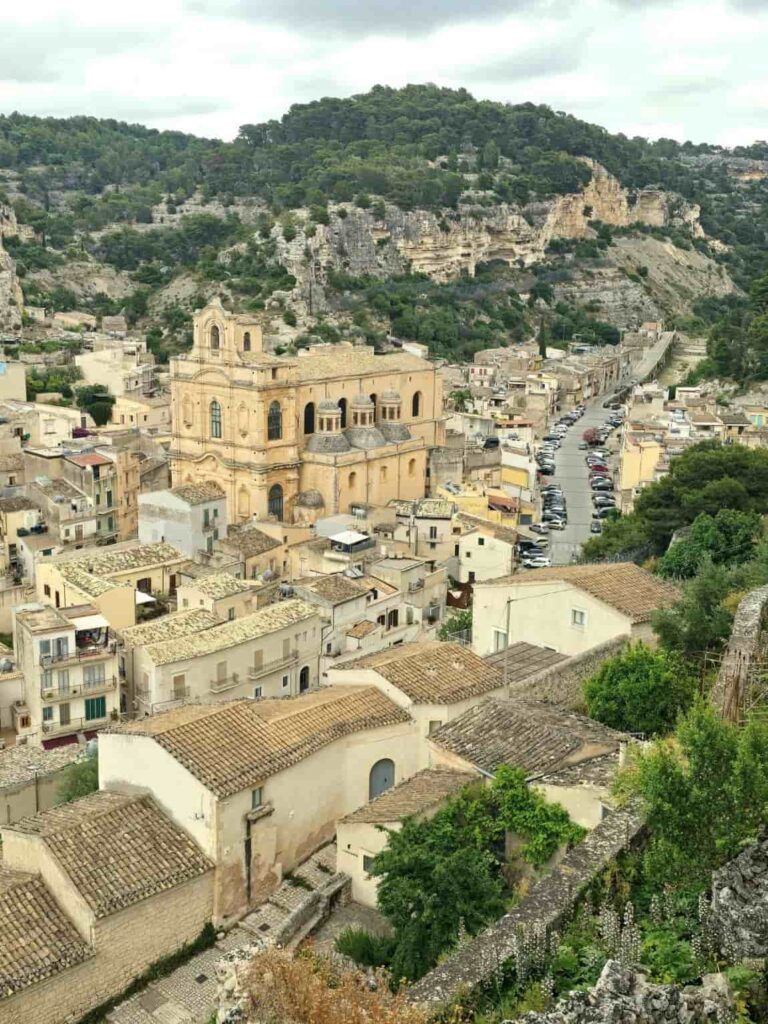
Often overlooked but utterly charming, Scicli is a Baroque gem with peaceful piazzas and dramatic architecture. It also served as a filming location for Inspector Montalbano, making it a draw for fans of the series. Scicli is about a 1-hour and 10-minute drive from Syracuse. I visited Scicli on a day trip from Syracuse, and fell in love with it! Read: A Complete Guide to Scicli, Sicily.
18. Go Beach-Hopping
Aside from the urban beaches of Syracuse, you’re just a short drive from some of the best in Sicily. Visit Spiaggia dell’Arenella (10 km away), Fontane Bianche (15 km away), Marchesa del Cassibile (20 km away), and the rocky snorkeling paradise of Ognina (12 km away). These spots are perfect for sun, swimming, and relaxation.
What to Eat and Where to Eat in Syracuse Italy
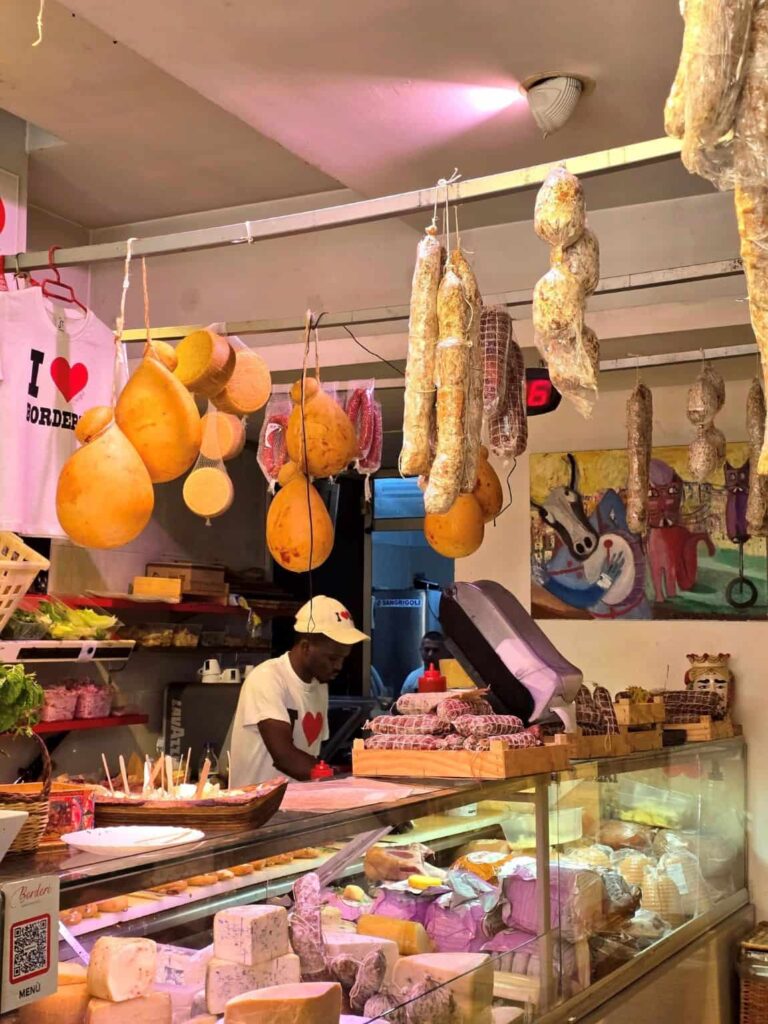
Syracuse is a food lover’s dream, offering traditional Sicilian dishes like pasta alla Siracusana, pizzoli, scacce, and sweet treats such as almond granita and occhi di Santa Lucia. For a casual lunch, head to the Ortigia Market, where Caseificio Borderi serves famous, overstuffed sandwiches and Trattoria da Michelone offers fresh, no-frills seafood. Osteria da Mariano is also a great spot for authentic local meals like swordfish rolls and pasta with wild fennel. For a relaxed dinner near the Duomo, try Trattoria La Foglia, known for its comforting Sicilian classics. If you’re after something more elegant, Don Camillo serves refined Sicilian dishes, while Le Vin de L’Assassin adds a creative twist with French flair. End your meal with gelato or a refreshing almond granita at Gelateria Bianca. Wherever you choose to eat, Syracuse offers bold flavors and genuine Sicilian hospitality in every bite.

How Much Time to Spend in Syracuse
While you could see the highlights of Syracuse in one day, two to three days is the ideal amount of time. This allows for a full exploration of Ortigia, the archaeological park, and time to enjoy beaches, day trips, and local food. The slower pace of the city rewards travelers who linger.
How to Spend Two Days in Syracuse
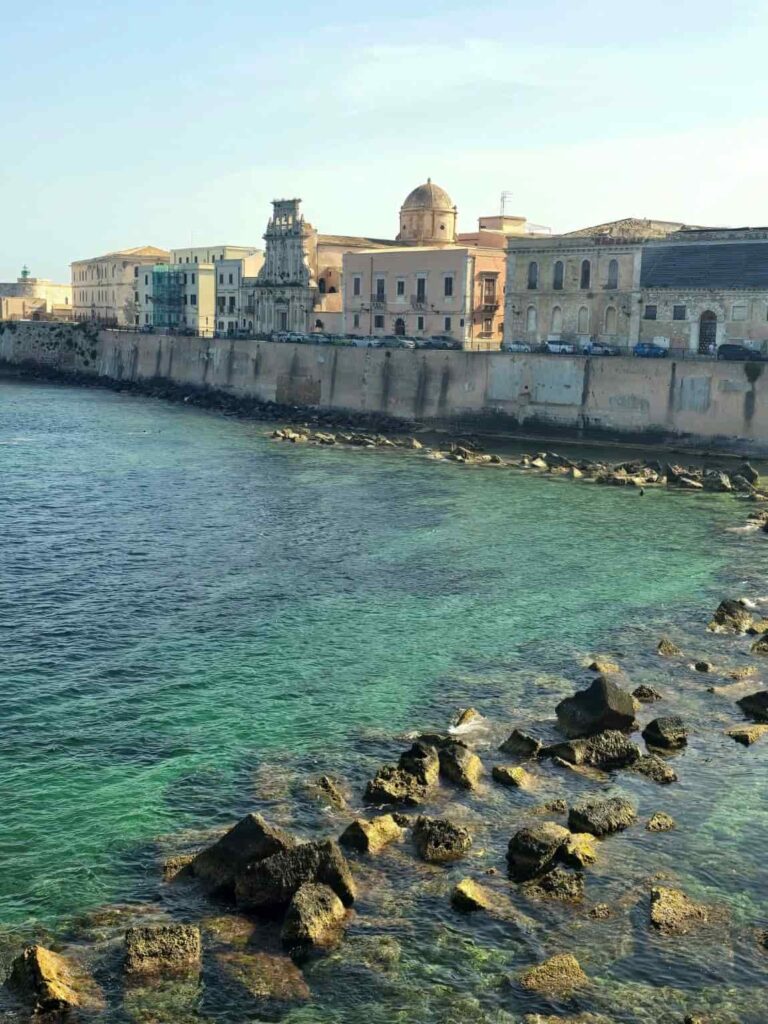
Day 1:
Start your morning in Ortigia: visit the Temple of Apollo, explore the market, and enjoy lunch at Caseificio Borderi or Trattoria da Michelone. In the afternoon, walk to Piazza del Duomo, visit the Cathedral and Santa Lucia alla Badia, then stroll to the Arethusa Spring. End your day with a sunset at Lungomare Alfeo and dinner near the seafront.
Day 2:
Visit Neapolis Archaeological Park, then explore the Paolo Orsi Museum. After lunch, visit the catacombs of San Giovanni, and finish the day with a boat tour around Ortigia. For dinner, choose a seafood trattoria in Ortigia and try a Sicilian wine.
Where Is Syracuse and How to Get There
Syracuse is located on the southeast coast of Sicily, about 65 km from Catania, 90 km from Ragusa, and 35 km from Noto. It’s the perfect base for exploring Val di Noto and the Sicilian southeast.
Nearest Airports
- Catania Fontanarossa Airport (CTA) – about 1 hour by car or bus
- Comiso Airport (CIY) – about 90 minutes away
I rented a car at Palermo Airport and visited Syracuse on my Sicily road trip. You can check out affordable rental cars at Palermo Airport here, Catania Airport here, and Comiso Airport here.
By Train or Bus
Syracuse is well connected to Catania, Noto, Modica, and Ragusa by regional trains and buses. The train station is about a 15-minute walk from Ortigia.
By Car
A car is the best way to explore the area in depth. The Siracusa area is very road trip-friendly, and you’ll want one to visit nearby towns and beaches. Alternatively, join guided tours from Catania or Taormina if you’re not driving.
How to Get Around Syracuse
Ortigia is pedestrian-friendly and best explored on foot. For deeper insight, consider tours like:
- Ortigia Classic Walking Tour
- Private Walking Tour of Ortigia
- Street Food Walking Tour in Ortigia with Tastings
For longer distances (like Neapolis) within the city, local buses or bike rentals are convenient options.
Where to Stay in Syracuse
Luxury
- Caportigia Boutique Hotel – Elegant interiors, rooftop terrace, parking available
- Algilà Ortigia Charme Hotel – Waterfront views, refined decor, private parking, great location in Ortigia
Mid-Range
- Hotel Gutkowski – Chic and minimalist, with sea views and bike rentals
Budget
- LoL Hostel Siracusa – Great for solo travelers or groups, near the train station
- B&B Diana – Affordable and cozy, private parking available, a short walk from Ortigia
Look for accommodations that offer parking if you’re driving, especially outside the ZTL (Zona Traffico Limitato) areas of Ortigia.
Where to Park in Syracuse
If you’re visiting by car, be aware that Ortigia is mostly a ZTL (Limited Traffic Zone) and not accessible to non-residents.
- Blue lines: paid public parking
- White lines: free public parking (rare in central areas)
- Yellow lines: reserved for residents or special use—do not park here
Park at Talete Parking Lot or Molo Sant’Antonio, both within walking distance to the main tourist attractions of Ortigia.
Best Time to Visit Syracuse
The best times to visit are April to June and September to early November. During these months, the weather is warm but not stifling, ideal for walking and sightseeing. July and August can be hot and crowded, though great for beach-goers. Winter is quiet and mild, but some attractions may operate on reduced schedules. I visited Syracuse, Sicily, in May. There were no crowds, and the air temperatures were pleasant for sightseeing!
Why Visit Syracuse Italy?
Syracuse was the most important city of Magna Graecia, and at one time, it rivaled Athens in size, culture, and power. Founded by Corinthian settlers in 734 BC, it became a center of Greek science, politics, and art. It was the home of Archimedes, welcomed Saint Paul on his journey to Rome, and is the birthplace of Santa Lucia, the city’s patron saint.
Today, the city is a compelling mix of ancient ruins, Baroque piazzas, local food markets, seaside promenades, and island charm. It’s a city that invites slow exploration—and rewards it with historical depth and Sicilian soul.
Is Syracuse Italy Worth Visiting?
Absolutely—Syracuse is one of the most rewarding destinations in Sicily. Its blend of ancient history, seaside charm, vibrant culture, and relaxed pace make it unforgettable. Whether you’re wandering Ortigia’s narrow streets, marveling at ancient Greek theatres, or diving into turquoise coves, Syracuse offers a timeless Sicilian experience. It’s not just worth visiting—it’s worth falling in love with.
YOU MIGHT ALSO ENJOY:
- A Complete Guide to Taormina, Sicily
- A Complete Guide to Agrigento, Sicily
- A Complete Guide to the Valley of the Temples, Sicily
- A Complete Guide to Erice, Sicily
- A Complete Guide to Trapani, Sicily
- A Complete Guide to Cefalu, Sicily
- A Complete Guide to Selinunte, Sicily
- 20 Unforgettable Things to Do in Palermo, Italy
- The Most Luxurious Secret Castle Hotels in Italy: Romantic Escapes You Won’t Believe You Can Stay In - November 14, 2025
- Vienna, Where Time Waltzes — The Most Magical Things to Do in Vienna, Austria - November 8, 2025
- The Prettiest Castle Hotels in Scotland You’ll Want to Book Right Away - November 7, 2025

